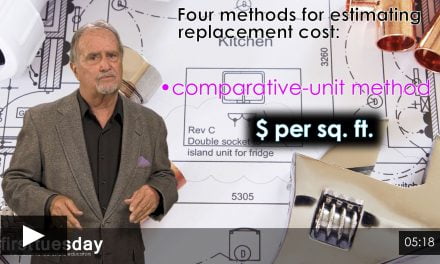Do Not-In-My-Backyard homeowners hurt your business as a broker or agent?
- Yes. NIMBYs suppress sales volume and fees. (73%, 19 Votes)
- No. High property values are good for agents. (27%, 7 Votes)
Total Voters: 26
The cacophony of Not-In-My-Backyard (NIMBY) homeowners has stunted yet another housing development, this time in burgeoning West L.A.
As proposed, the project, known as Casden West,includes:
- hundreds of subsidized and market-rate housing units;
- a wealth of new commercial space;
- ample structured parking; and
- pedestrian amenities.
The project is slated for the site of an aging cement plant adjacent to an under-construction light rail station. But the standard NIMBY chorus of parking, traffic and height woes – and the threat of obstructive lawsuits – cajoled the developer into slashing the project’s scale to a comparative pittance for this high-density location.
This is business as usual in California’s growing cities. You can thank anti-growth obstructionists for congested roads and runways, aborted transportation projects and abandoned business ideas. Our open market, right?
But more insidiously, NIMBY objections and the zoning regulations that support them choke off housing production. In California’s dense coastal areas, this contributes to phenomenally high housing costs, as the supply of new units in high-demand areas close to high-paying jobs is stymied. In an ironic upending of NIMBY quality-of-life objections, this makes for even longer commutes and higher emissions.
Fixes for this are simple, but politically challenging. They include:
- streamlined permitting procedures;
- a reformed California Environmental Quality Act (CEQA)to eliminate capricious environmental challenges;
- local policies to encourage infill housing construction; and
- zoning that allows more housing density in urban centers.
Related Articles
CEQA still allows others to hold back the housing recovery, for now
first tuesday insight
What NIMBY-adherents don’t recognize are the ripple effects their resistance has on California’s population and economy.
The calculus is simple:
Scarce new housing in the places that need it most = home prices that spiral way beyond the mean price trendline.
This divergence from the true value of a property, set by a market which is openly responsive to housing demand, is a recipe for just another mini-bubble.
Related Article
Zoning was originally conceived to protect residential and commercial land users from noxious industrial interlopers. It’s a tool, however, that has largely been co-opted by the well-connected to resist any change in their surroundings.
Another favorite weapon in the NIMBY’s arsenal is the CEQA environmental review process. CEQA opens the door for ever-litigious NIMBYs to delay, diminish, and derail projects they personally disfavor. Their claim: adverse environmental impacts weren’t assessed thoroughly enough.
New housing construction in city centers means better access to employment and employees. Incidentally, it also means more employment for brokers and agents due to turnover, and reduced pollution through denser, more efficient land use.
Related Articles
Tell us your thoughts
From the agent’s perspective, the NIMBY sword is double-edged. On one hand, the NIMBY vice-grip on new housing production restricts access to housing in desirable locations as well as sales volume, which in turn stifles fees. Alternatively, it diverts the allocation of investment funds elsewhere and directly inflates local prices. The result is fewer but fast-moving listings that yield handsome returns for the seller’s agents who control them.
What do you think – does limited new construction mean a boon or a bust for your brokerage? Weigh in below in the comments section!
Re: “How NIMBYs hurt California,” from the Los Angeles Times



















